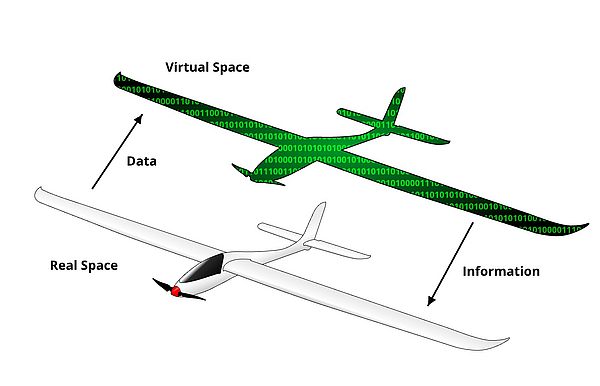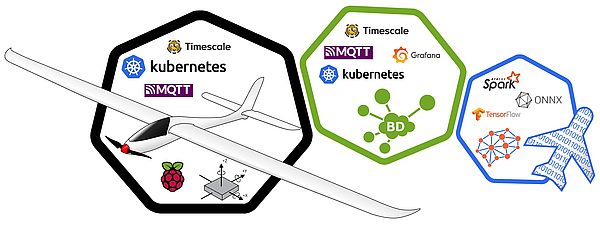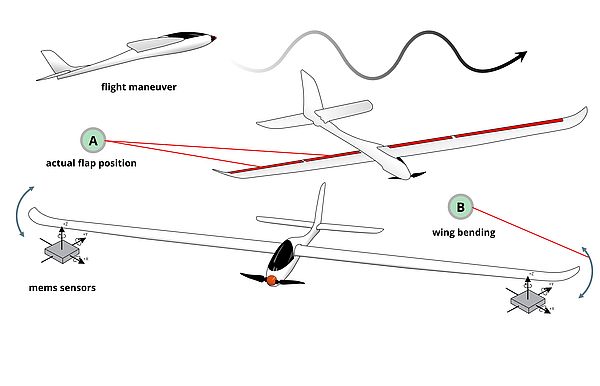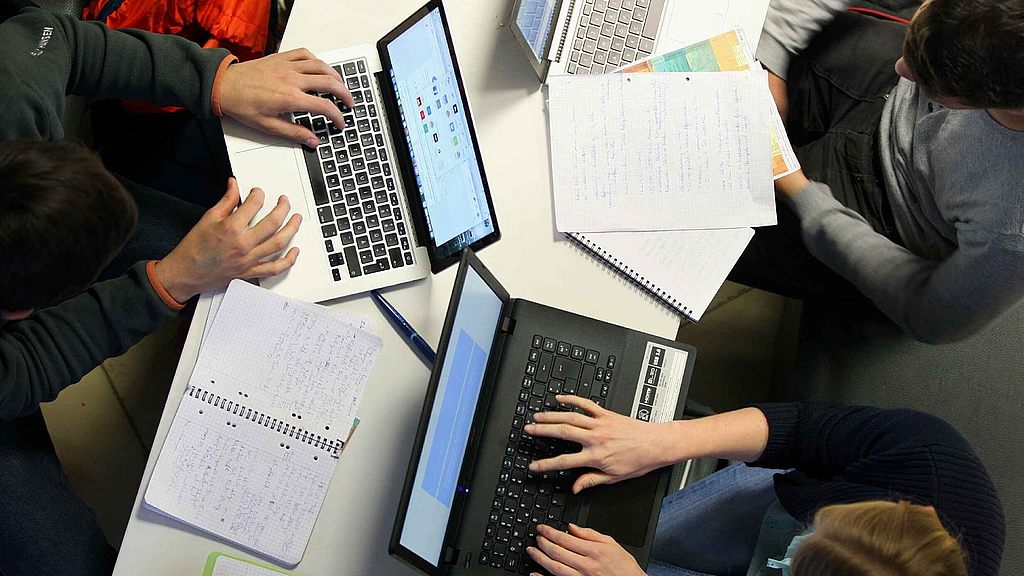Digital Twin Methodologies
Digital Twins
The basic concept of the Digital Twin model emerged around 20 years ago and is based on the idea that a physical asset or system can be mimicked by a virtual representation. One of the most important benefits of the Digital Twin concept is the cost-efficient testing of virtual product representations that can be conducted in a safe and virtual environment. Not only can this be of significant advantage when testing cyber-physical systems but it may also help with tackling important challenges related to system design and with meeting requirements defined by certification authorities.

There are different types of digital twin models and several options on how to obtain them. High fidelity models of components can be purchased from suppliers or physics-based models can be developed from scratch. However with the recent advances in the area of machine learning and artificial intelligence one interesting alternative is Data Driven Modelling (DDM). This approach involves model training and verification with machine learning using data from sensors that captured the state of real components. Although these models can be a suitable approach for predicting the behaviour of most complex system components they also require lots of data that need to be collected under different conditions. Thus data aggregation tasks are vital for the creation of data driven Digital Twin models. Considering that solely during the operation phase one Boeing 737 engine generates around 20 terabyte of information per hour reveals the technical challenges that are connected to collecting and storing of the data. Research literature suggests to approach these challenges with a scalable Big Data architecture combined with IoT technologies for machine-to-machine communication. Databases and messaging systems need to scale horizontally and latest machine learning frameworks need to be utilised with proper data pipelines to maintain an up to date representation of the physical component.

Drone Test Bench
Our drone test bench is a case study that involves a big data architecture to realise the digital twin concept from a technical point of view. The goal is to create a set of digital twin models that can predict the behaviour of diverse components of a RC glider drone. Among these predictions is the deformation or bending of the wings during different flight manoeuvres and the flap position that is under continuous influence of atmospheric pressure and air streams. The resulting models can be used as a replacement for the real components in virtualised test environments such as virtual iron birds.



